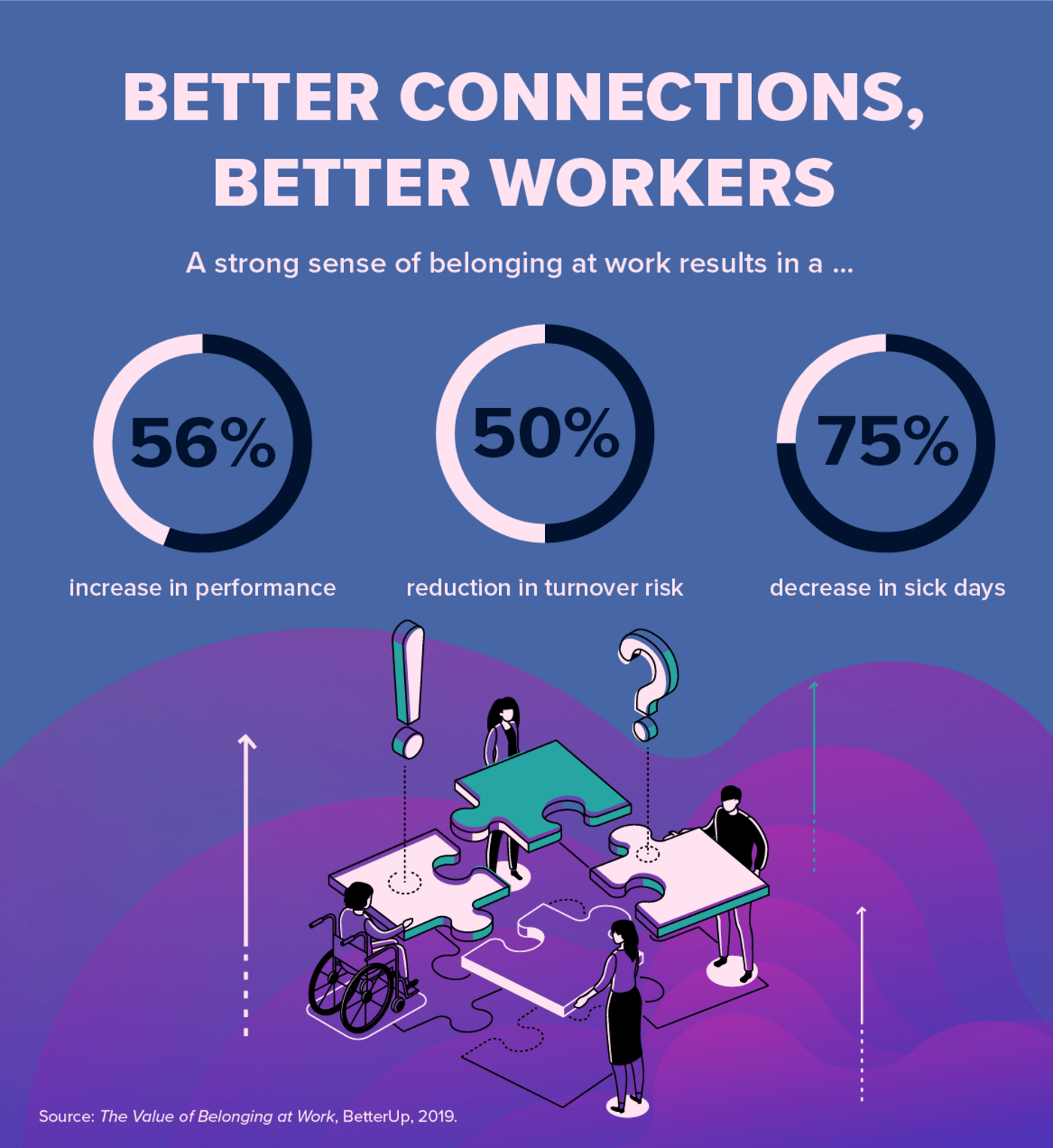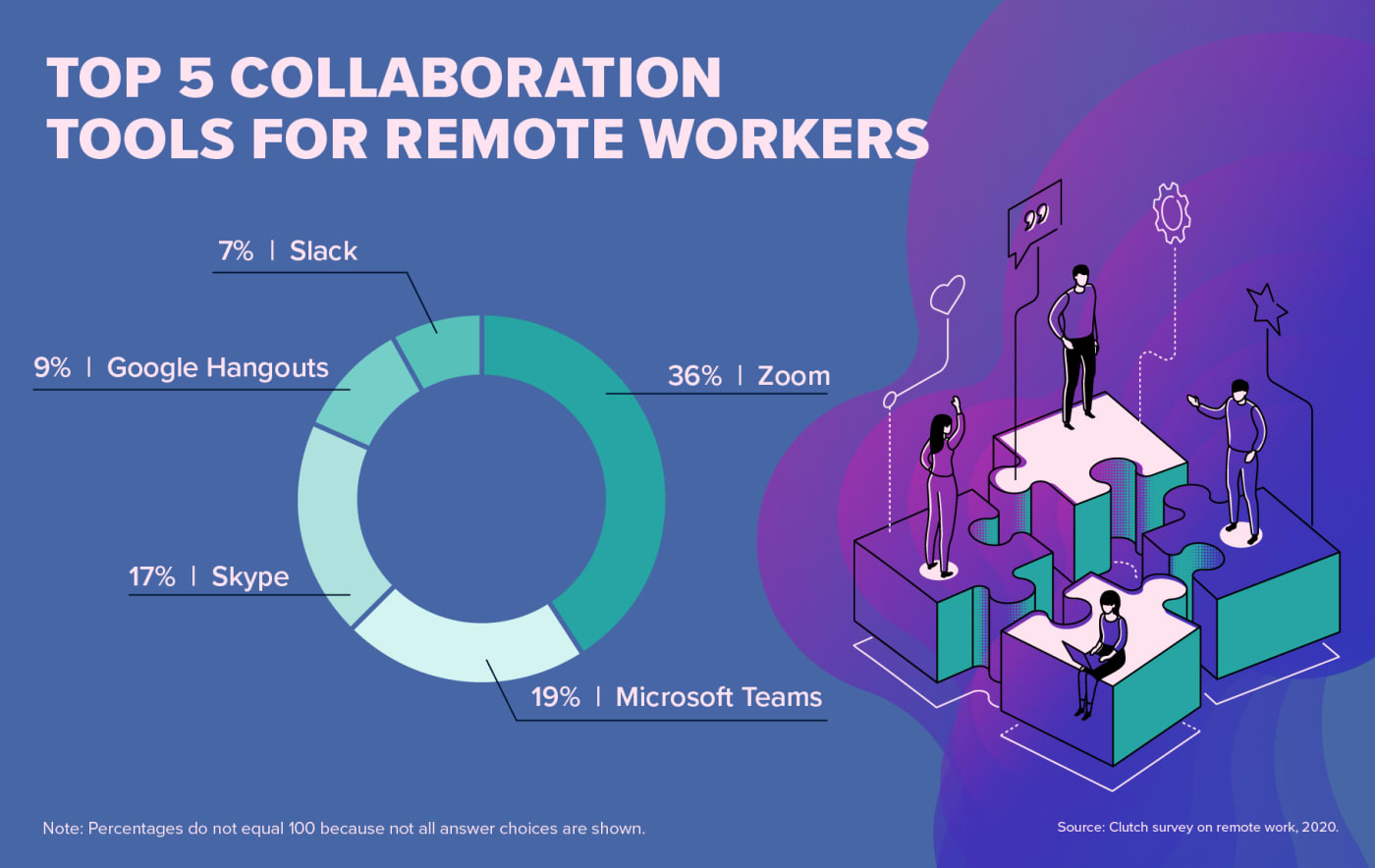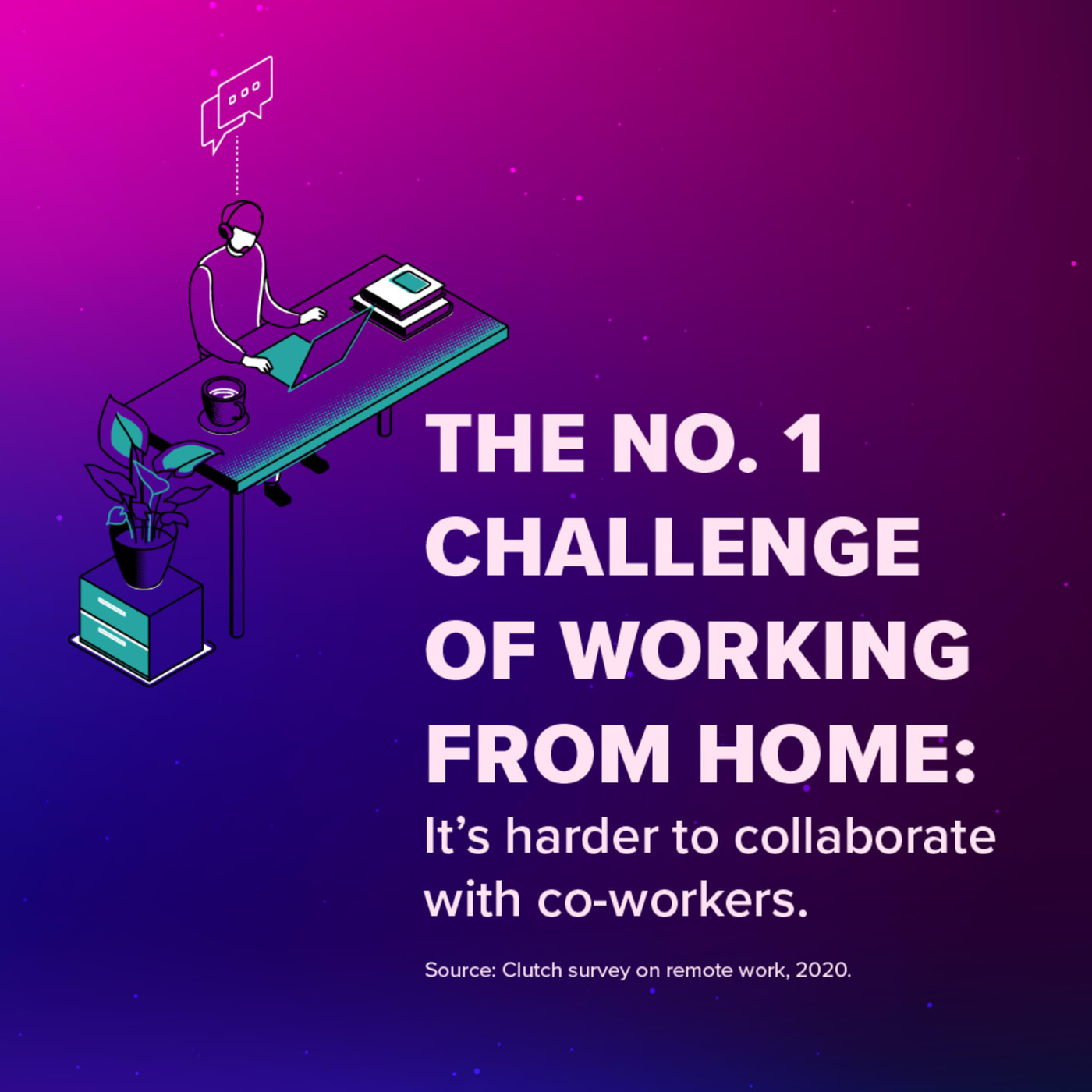Making Stronger Connections Virtually
Even in this era of remote work, business leaders can take steps to build and maintain high-performing teams.
The current upheaval of the U.S. workplace has been quick and seismic. During the COVID-19 pandemic, about 40 percent of U.S. workers have transitioned from onsite to remote work, according to a recent Boston Consulting Group survey of 12,000 professionals. That has transformed the work experience of millions of newly remote workers.
“For them, the very foundation for how they used to connect with each other has changed,” says Christina Zurek, SHRM-CP, insights and strategy leader at ITA Group, a global organization based in West Des Moines, Iowa, that creates employee engagement events.
That change has had a profound impact on team building. It’s not just that formal team-building activities must now happen virtually. It’s also that many workers can no longer participate in casual hallway interactions, serendipitous lunches, breakroom celebrations or watercooler chitchat—the unstructured ways companies and their employees have always built cohesion.

At San Jose, Calif.-based videoconferencing company Zoom, Lynne Oldham, chief people officer, has spoken with other company leaders about how things are different now. “They talked about how someone used to grab them before or after a meeting or how they passed one another in the hall—all those things we’re missing,” she says. Before the pandemic, less than 20 percent of Zoom’s employees worked remotely; in early March, the whole company went remote.
Online shoe and clothing retailer Zappos had always kept its employees engaged through both intentional and incidental team building—all of it happening in person. “Now we don’t have that face-to-face time, and that’s definitely a challenge,” says Audrea Hooper, director of brand experiences and head of “fungineering” for the Las Vegas-based company.
It has placed a greater onus on companies to help their teams survive and thrive virtually. “Team building matters more than it did before COVID-19 because all those micro-interactions that we counted on in the office are gone,” says Ian Fraser, co-founder of team-building virtual events provider The Go Game in Berkeley, Calif.
On Camera
Perhaps the best way to build team connections virtually is the most obvious one, experts say: video meetings. Zoom promotes a video-first culture—its employees join meetings by video whenever possible. “It’s critical to who we are because it allows us to fuse in the absence of touch,” Oldham says.
But that expectation has led to now-common complaints of “Zoom fatigue.” Recent articles from The New York Times and other media outlets have explained the psychology behind this phenomenon. (For example, video actually inhibits humans’ finely evolved ability to read one another’s physical cues.)
‘People are more alone and isolated, teams are experiencing waning engagement, and the excitement of working from home has worn off.’
Ian Fraser
“I like to call it meeting fatigue,” Zoom’s Oldham says. “Before this, our days were full of meetings.” It’s just that now all those meetings happen via a webcam.
Still, this fatigue a challenge that Zoom executives well understand. To address it, company leaders this summer began piloting a new internal tactic: having one day a week, called Working Wednesday, that’s relatively free of meetings.
With so many employees suffering from video exhaustion, companies have to think carefully about how, and whether, to use these types of platforms for their team-building activities. When people are on video calls all day, every day, they might be less inclined to get on yet another video call for a team-building exercise, even if it’s a virtual happy hour.
“At the beginning of the pandemic, Zoom seemed relatively novel and there were a lot of after-hours team-building activities like virtual happy hours,” says Jennifer Palecki, vice president of people for Highspot, a Seattle-based sales and marketing tech company. Now, she adds, companies have to be more thoughtful about how they use the technology.

More than ever, team-building activities must be meaningfully curated—and they should emphasize play, not work.
“People are more alone and isolated, teams are experiencing waning engagement, and the excitement of working from home has worn off,” Fraser says.
The Go Game provides employee engagement activities, such as trivia contests, visual puzzles, name-that-tune quizzes and karaoke sessions, that typically last an hour. Last year, in response to its clients’ growing interest in virtual offerings, The Go Game began building its own videoconference platform to simulate in-person group dynamics.
Since the platform officially launched in April, interest has exploded. Prior to the pandemic, The Go Game held 100 to 150 events around the country in a typical month. This year, it ran 1,500 events in July alone.
Taking It from the Top
Executive participation in team-building activities is critical. When an organization’s top leaders join in, all employees feel more engaged. “Executives need to be involved front and center,” Zurek says.
This engagement should go beyond taking part in online games. Executives need to up their communications game as well—for instance, by regularly sending out short recorded videos to provide business updates and boost morale, Zurek says.

Companywide communications help everyone feel they’re part of one cohesive group. Every other week, Zoom holds an all-hands webinar meeting, where company leaders answer questions submitted by employees before and during the call.
Before the pandemic, all Highspot employees came together for an hourlong lunch every Friday; now, they do the same thing, just virtually. “We keep that time sacred,” Palecki says. Of the company’s 500 employees, about 350 to 400 attend.
Executives can also find better ways to personally communicate with employees. Every week, Highspot executives set aside two hours during which they are available virtually and anyone can drop in to chat one-on-one. “It emulates hallway conversations,” Palecki says. “Organic, natural conversations now require more-formalized scheduling.”
Whatever a company’s team building looks like, managers need to take the time to survey and track their employees’ engagement. “Most of the time, we just want to get things done; we’re going, going, going,” says Mario Moussa, a Philadelphia-based management expert and author of Committed Teams: Three Steps to Inspiring Passion and Performance (Wiley, 2016). “That simple switch from a fast to a slow, reflective mode can make a huge difference.”
Watch the Clock
With many employees staring into their webcams for much of the day, companies should consider how much time and energy any team communication or activity requires. “When you work on the phone or on Zoom all day, you get worn down spending all that time alone and in a virtual environment, not moving much,” Moussa says.

When it comes to communicating with teams in a virtual setting, there’s one general rule to observe, Zurek says: “Shorter is often better.” In-person meetings can easily last an hour or two; an in-person team event might span a few days. That’s a lot harder to sustain virtually. Company leaders and managers might instead provide a combination of live and recorded videos or use video technology that allows participants to pair off and network in smaller breakout rooms.
Every team meeting or team-building event should have a clear agenda—and that becomes even more imperative in the current climate. “Be clear about how much time you have and how much you can realistically accomplish in that time,” Moussa says. To keep people engaged, team meetings should not have any one person go on for too long. Every speaker should frequently stop and ask for feedback.
Welcoming the New Peer
Team building during the pandemic is tricky enough with existing employees. It takes on added difficulty with new hires. Zoom, which now employs about 3,000 people, hired more workers in the first quarter of this year than in the entire second half of 2019. “I have people on my team who haven’t seen me other than in video,” Oldham says. For its new hires, Zoom created a five-hour onboarding session that combines both live and recorded video.
Highspot, which grew from 120 to 500 people from late 2018 to mid-2020, hired just under 100 workers during the pandemic. “They have never met their teams in person,” Palecki says. An already well-established team culture helped the newbies feel integrated. So did some creative approaches: One manager created a bingo card for new team members to check off the names of employees they met during their first two weeks, for example.
Fun activities do more than entertain. They help companies achieve their main team-building goal, Zurek says. “Social connection and belonging are what we’re all trying to replicate in this new world.”
Novid Parsi is a freelance writer based in St. Louis.
Explore Further
SHRM provides advice and resources to help business leaders build high-performing teams at work.
Toolkit: Developing and Maintaining High-Performance Work Teams
Learn about the primary types of teams, team development and causes of dysfunction, along with suggestions for improving a team’s work process.
Knowledge Management in the Age of Remote Work
Can your employees find the information they need to do their jobs? Lax knowledge management protocols can lead to poor team communication, missed deadlines and other problems.
Team Angst and Brokering Peace in the COVID-19 Era
The pandemic continues to plague the world, the nation and the office. People are tired and anxious, and it’s inevitable that those frustrations and fears will make their way into the workplace.
How to Help Your Small Workplace Team Succeed
Are small workplace teams effective? Some savvy business innovators think so. After all, it was Amazon.com founder Jeff Bezos who once said, “If you can’t feed a team with two pizzas, it’s too large.”
Building Team Bonds
From scavenger hunts to offsite retreats, team-building activities help companies forge stronger bonds and tap their employees’ full potential.



